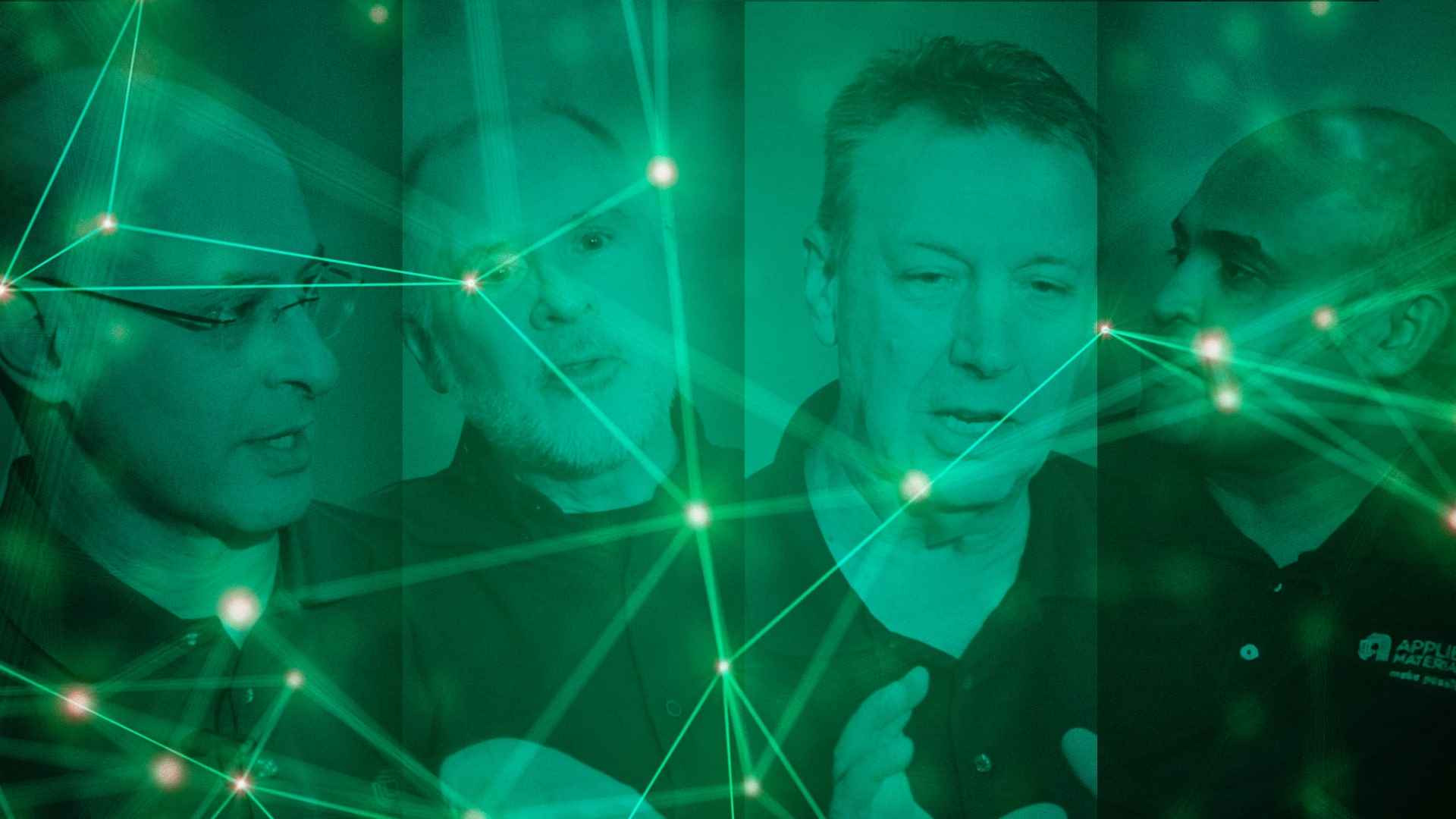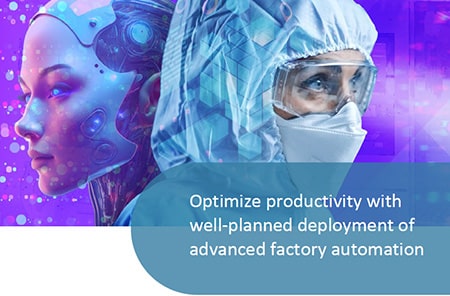Transcript
Okay, so frequently we get asked this question, what does it bring, right? Essentially, if I captured it correctly, how do we begin to approach this? So, A, it helps you to optimize your factory assets, right, to throughput the key bottlenecks in your factory, how do you, you know, optimize the output from those, and then, you know, how much, you know, you can get more throughput from those things. Second, using this integration capabilities of SmartFactory allows us to react quickly to the events which are happening in the factory. So this is, broadly speaking, the factory productivity would enable.
And the second piece of it, which is what we call the predictability, that is where you get the benefit from the overall supply chain perspective. As the supply chains are becoming more complex, and, you know, you need the capability to quickly react to the customer demands and changing demands, and how you can better utilize the tools, there could be some opportunities where, you know, you could use this, you know, the predictability capabilities, the, you know, the way on how you are trying to optimize your tools to drive some energy efficient, cost saving, those kind of solutions as well. So I look at the issue of what does the MES bring to manufacturing, really from three very, very specific aspects.
It’s kind of like the three legs of a stool. The first is making things repeatedly. I’ve got something that I’m building, and I want to build it the same way every time.
So from an MES perspective, we’re talking about defining processes, making sure that we know the correct sequence of process steps, the correct tools that need to be processed, the correct process recipes, and we’re doing the same thing the same way every time. The second leg is, great, if I’m doing things repeatedly, I also want to be able to do them faster. So that’s a productivity piece.
How do I do things faster? So that means improving cycle time, it means improving time at step, it means identifying bottlenecks and reducing or mitigating the impact of bottlenecks. And then the third thing is, if I’m doing things repeatedly, and I’m doing things fast, I also have to do things well. So I have to improve the quality of everything that I’m doing, because if I’m cranking out very quickly, bad product, that’s a very, very bad thing.
I think those are the three fundamental stools. Many things come out of that. We have many systems that deal with each of those areas.
But again, that integration, how they’re all integrated, those are the three fundamental pillars. Yeah, I think from a more global perspective, so looking beyond the MES and looking beyond factory productivity, I think that at the end of the day, we need to be making decisions on automation to help our business. And, you know, our customers make money when something goes out the door and goes to their customer when it meets the requirements of the specification.
And every company wants to find different ways to measure that. Two of the key ways that our customers are trying to measure that is, am I getting closer and closer to zero defects? And secondly, I put a lot of money into my assets, my equipment, my people, my processes, am I getting the maximum effect out of those? And I think that we have to always remember in smart manufacturing, we’re doing it for a business purpose. It includes, we’ve already talked at some length about integration and the need for that integration and multiple systems working together
That would be one. The second would be to bring in those advanced technologies that can do more than we did before. And when something happens in the factory, any kind of an event, good or bad, to be able to make that decision faster, it’s going to allow you to do more and become, as Madhav said, more predictable in your factories.
For me, I see it as two things. First of all, you know, the SmartFactory enables you to basically build things that you otherwise couldn’t. They would be fundamentally too expensive to do and unsustainable to grow.
The second part of it, I think, is the human component, the learning component, which is without the person’s understanding of what’s going on, you don’t get anywhere. So you can capture that. So the technology component is, of course, then the integration that we’ve been talking about, the scalability of the platforms, the ability to essentially extend them for some reasonable cost, because there’s moments where you look at this and you say, we can’t solve that problem.
It’s too expensive, so it’s not worth it. So SmartFactory to me resolves the three fundamental things that I always look at when I’m looking at any system, the people component, the technological component and the economic component.

